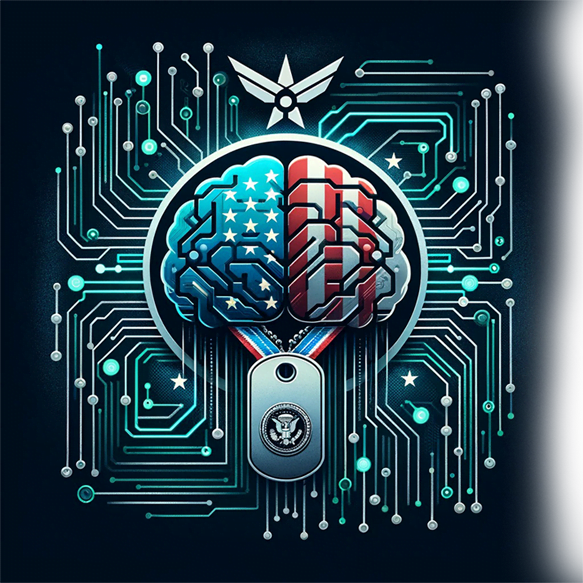
How to Avoid Building a Monolith with Microservices
A solid macro architecture framework
When the allowed technologies are limited
When the database integration with microservices is complex
Service-Disabled Veteran-Owned Small Business (SDVOSB)
Small Disadvantaged Business (SDB)
Small Disadvantaged Business leads to enhanced innovation and creativity, as these businesses often offer unique perspectives and solutions shaped by their diverse backgrounds. Moreover, partnering with Small Disadvantaged Business can provide access to specialized skills and capabilities that might otherwise be overlooked, contributing to improved competitiveness and efficiency.

Transforming for Innovation, Sustainability and Security
Transforming for Innovation and Sustainability securing future competitive advantage
When a uniform user interface is required
When the application works as a coherent system
- The coherent nature of an application arises in scenarios such as when each microservice provides a uniform interface and when different formats are used for communication. Using the communication protocol for a macro architecture framework assists us to manage and control these scenarios.
- The macro architecture helps the developers with the authentication process, allowing the authentication of a user to be used for all the microservices through a single authentication operation. Authenticating a user for each microservice separately is not acceptable.
- With the macro architecture, we can test all the microservices together after outlining the required prerequisites for testing.
Flexible and solid microservices architecture
The capability of the microservices architecture to avoid dependencies.
The ability of the microservices architecture to allow scaling
Horizontal scaling
Vertical scaling
Usability of the Domain-driven design for microservices architecture
Conclusion to Avoid Building a Monolith with Microservices
To sum up, everything that has been discussed so far, we need to make sure that we do not end up implementing a monolithic application once we start implementing an application on the microservice architecture. To achieve that, we can use a solid macro architecture framework and ensure that the microservices architecture used for the implementation of the application is flexible and solid to avoid building a monolith with microservices.
Generative AI Software Integration
What clients say about Cloud Computing Technologies













